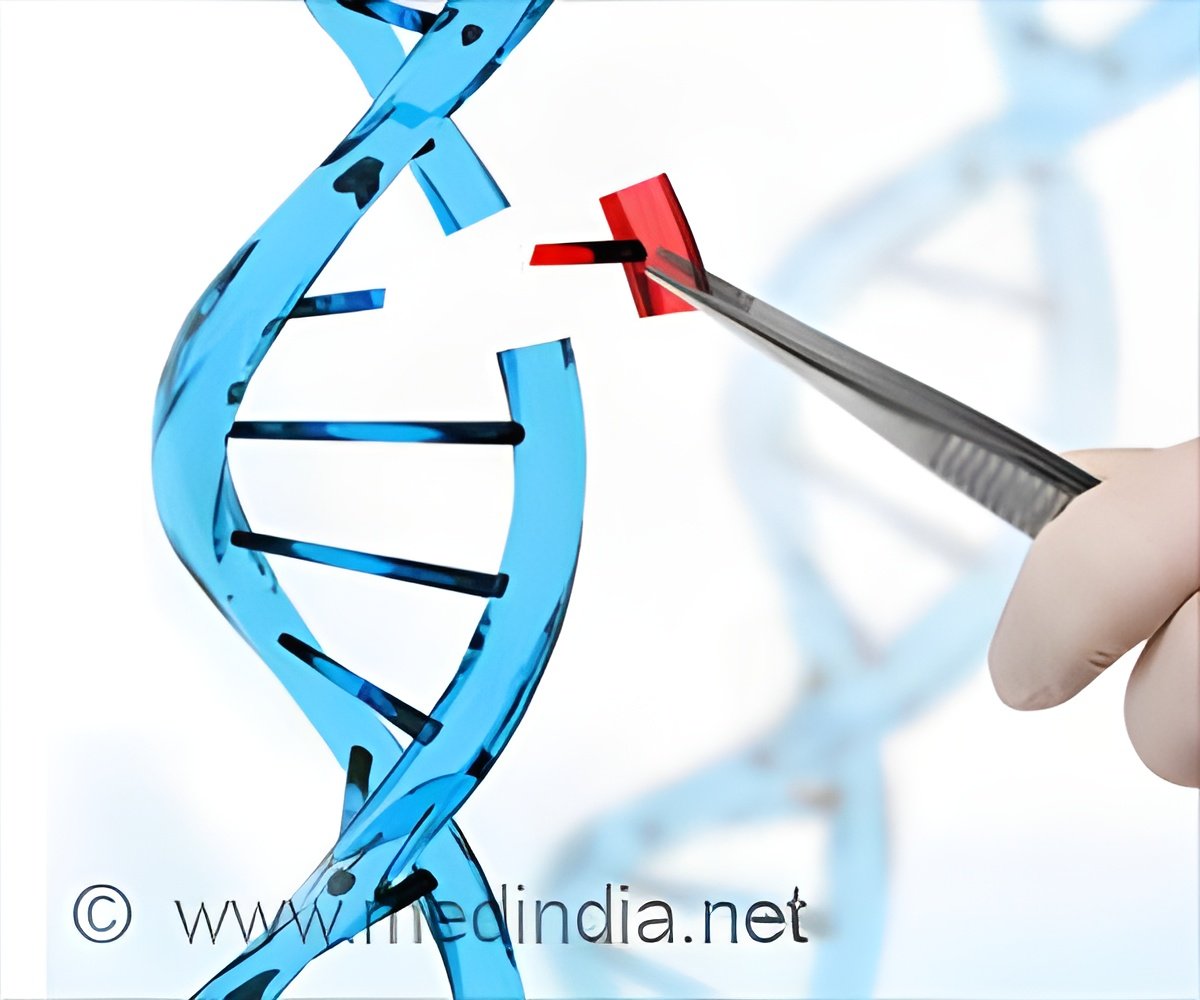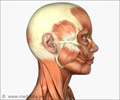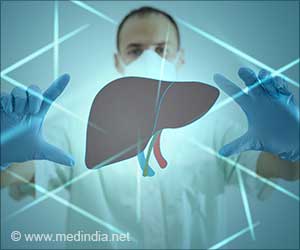Positive results observed in Duchenne muscular dystrophy patients undergoing gene therapy mark a breakthrough in Illinois medical treatment.

Duchenne Muscular Dystrophy (DMD)
Go to source). Developed by Sarepta Therapeutics, ELEVIDYS is approved for the treatment of Duchenne muscular dystrophy (DMD) in ambulatory patients aged 4 through 5 years with a confirmed mutation in the DMD gene.
‘Did You Know?
Duchenne muscular dystrophy (DMD) primarily affects males, occurring in about 1 in every 3,500 male births worldwide. #duchennemusculardystrophy #genetherapy ’





“Our team at Lurie Children’s has had encouraging experience with this gene therapy for Duchenne through our active participation in clinical trials,” said Nancy Kuntz, MD, Director of Muscular Dystrophy Association Care Center at Lurie Children’s and Professor of Pediatrics and Neurology at Northwestern University Feinberg School of Medicine. Duchenne muscular dystrophy (DMD) primarily affects males, occurring in about 1 in every 3,500 male births worldwide. #duchennemusculardystrophy #genetherapy ’
“Over the past two years, we have treated three boys with DMD with ELEVIDYS as part of a larger clinical trial, and it’s gratifying to see that their muscle strength and function stabilized. Without gene therapy, we would expect to see ongoing deterioration in muscle function in these boys. This therapy is not a cure, and unfortunately, it cannot reverse previous muscle damage, but we anticipate that we can slow down the disease enough for science to step in and offer new treatments. This is the beginning of a very exciting journey.”
Duchenne occurs in approximately one in every 3,500-5,000 newborn males worldwide. It is caused by mutations in the dystrophin gene that lead to a lack of dystrophin protein, which acts as a shock absorber when muscles move.
The first subtle signs of DMD may appear during infancy. Muscle weakness becomes increasingly noticeable between the ages of 3 and 5 years with the diagnosis being typically made around those ages.
Most children living with Duchenne use a wheelchair by the age of 13 years. The leading cause of death in individuals with Duchenne is respiratory or cardiac failure, which typically occurs when patients are in their mid-20s/30s.
Advertisement
He now can run faster, climb stairs more easily, and even jump – something he couldn’t do previously. His little brother, 3-year-old Dawson, who also has Duchenne, is waiting until he is old enough to qualify for gene therapy.
Future of Healthcare through Gene Therapy Advancements
“ELEVIDYS has been life-changing for Mason, and it has given us hope and optimism that Duchenne is no longer a fatal diagnosis,” said Dan Flessner, Mason’s father.“Thanks to research, gene therapy now gives us a pathway to a cure. With so much progress already, it’s not a pipedream anymore.”
ELEVIDYS is administered as a one-time intravenous infusion. The gene therapy addresses the root genetic cause of Duchenne by delivering a gene that codes for a shortened form of dystrophin to muscle cells, known as ELEVIDYS-dystrophin.
Because the dystrophin gene is the largest known human gene, scientists engineered a shortened version of the gene that could fit inside current gene therapy delivery technologies and still retain key functional information.
The therapy’s accelerated approval is based on an increase in ELEVIDYS-dystrophin protein expression in skeletal muscle cells.
“Across the country, since the FDA approval, ELEVIDYS has only been administered a few times and we’re very excited to be the first site in Illinois to administer it,” said Abigail Schwaede, MD, one of the neuromuscular physicians on Mason’s care team at Lurie Children’s and Assistant Professor of Pediatrics at Northwestern University Feinberg School of Medicine.
“This treatment has enormous potential to improve the quality of life and long-term outcomes for boys with Duchenne muscular dystrophy.”
Reference:
- Duchenne Muscular Dystrophy (DMD) - (https://www.mda.org/disease/duchenne-muscular-dystrophy)
Source-Eurekalert













